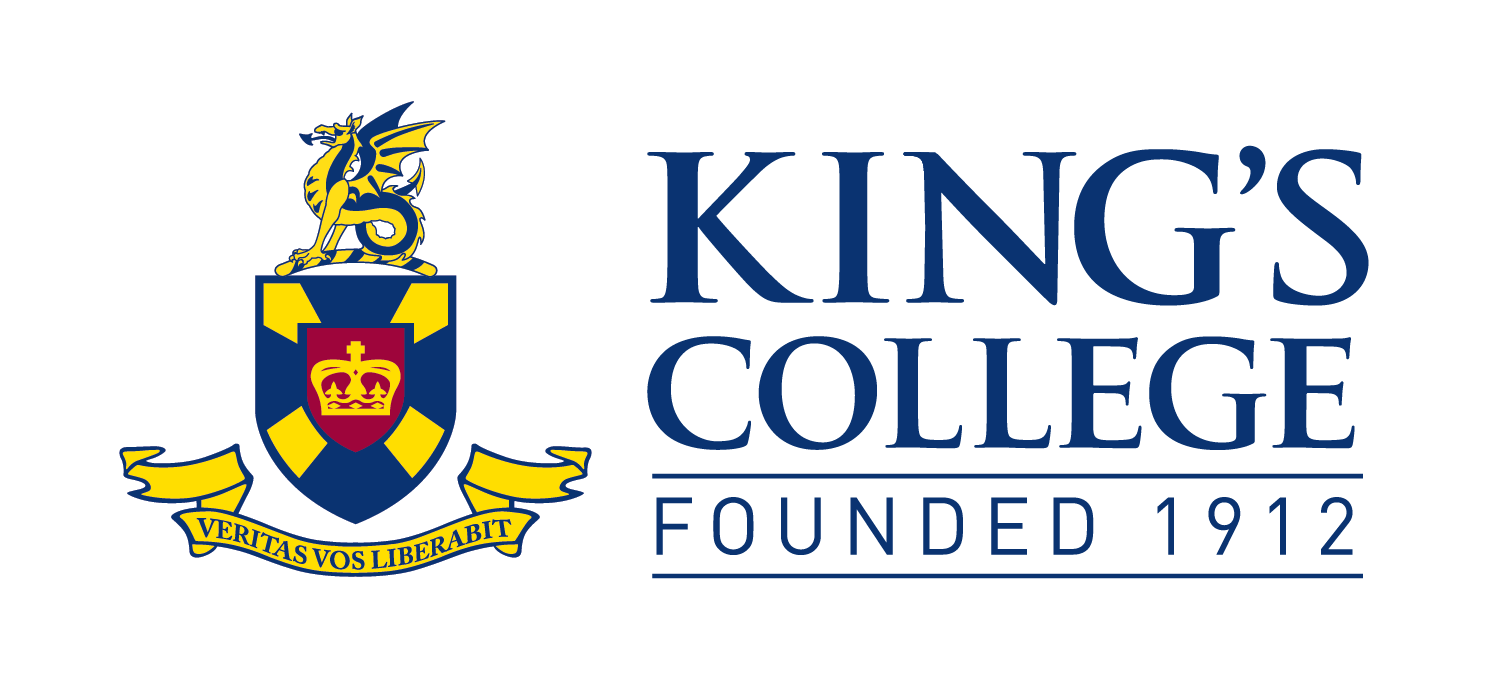History
“The real story of King’s College for any succeeding generation will be the story of their experience of it, not the story of years which were past before their lives began…. Yet there is a larger story, the presentation of the continuing character of the College…. Of objectives reached by careful planning and devoted work shared in by many people over the increasing space of years, of the general significance of the College for the church, the university and the people of our land.”
Master Emeritus Rev Dr Ian Grimmett in the story of King’s College.

In 1901 the Methodist conference decided to send its candidates for ministry to Queen’s College in Melbourne. The system at Queen’s of combining a theological and a university college became the model for King’s. The University of Queensland Act was passed in 1909. Dr E W H Fowles, the organising secretary of the founding movement for the university, was also a key mover in the foundation of the College.
On 1 March 1912, the Methodist conference decided to establish King’s, which was officially opened on 14 June 1913 at 236 River Terrace, Kangaroo Point, students having been in residence since March 1913. Declining enrolments, due to World War I, led to an agreement that Emmanuel and King’s should be amalgamated – an agreement never acted upon.
 For many years, as well as providing accommodation for university students, King’s was involved in theological education. That role is now undertaken by Trinity Theological College. King’s is now a residential College.
For many years, as well as providing accommodation for university students, King’s was involved in theological education. That role is now undertaken by Trinity Theological College. King’s is now a residential College.
The transfer to the St Lucia campus began in 1954. Jubilee Wing was added in 1963. The H H Trigge Wing, added in 1960, was largely renovated in 1994. The David Williams Building, a gift of the late Dr David Williams, was opened in April 1998. The Centenary Building was opened in March 2011.
King’s has been fortunate to attract people who have felt it worthwhile to dedicate long periods of time and effort on the College’s behalf. Both Professor Hubert Trigge and Dr Ian Grimmett during long periods as Master, and through their “retirements”, devoted considerable energy to furthering the cause of the College.

Academically, the College has had some outstanding success. Since 1915 the College has produced five Rhodes Scholars, 43 University Medalists and 260 First Class Honours and a UQ Young Alumnus of the Year in 2015. In order to facilitate this success the College endeavours to foster an atmosphere in which friendships are made and residents grow through social, sporting and intellectual interaction.
Our mission statement encapsulates the aspirations of the College. King’s, while respecting the individual beliefs of our residents, has tried to stay true to the values of its Christian tradition.
We salute the many people of goodwill who have passed through its halls to take up occupations throughout the world.
King’s Coat of Arms

The motto “Veritas Vos Liberabit” means “The Truth Shall Make You Free”. The motto comes from St John’s Gospel, 8.32. Occupying the basic position in the coat of arms, the motto expresses the spirit sustaining and directing all the activities of King’s.
The shield has the Maltese Cross which fittingly symbolises the affiliation of the College to The University of Queensland. The foreground depicts the King’s crown.
The Wyvern surmounting the Coat of Arms is commonly associated with John Wesley. At King’s, the Wyvern, appearing strident on an arc, forcefully declares the purpose of intellectual strength.
The coat of arms arrestingly and profoundly embodies the spiritual, the social and the intellectual features of the College.
Masters of King’s College
1913-1915
Rev M Scott Fletcher M.A., B.Litt.
1916-1923
Rev L E Bennett M.A., B.D.
1924-1959
Rev Professor H H Trigge M.A., B.D.
1960-1986
Rev Dr I H Grimmett M.A., B.D. Th.D.
1986-1991
Rev Dr I G Mavor B.A., B.D., Dip.Phys.Ed., Dip.R.Ed. Ph.D.
1992-2004
Rev J Patton B.A., Th.M.
2005-
Mr G C Eddy B.A., Dip.Ed., M.Ed., MACE, FAICD, FAIM

